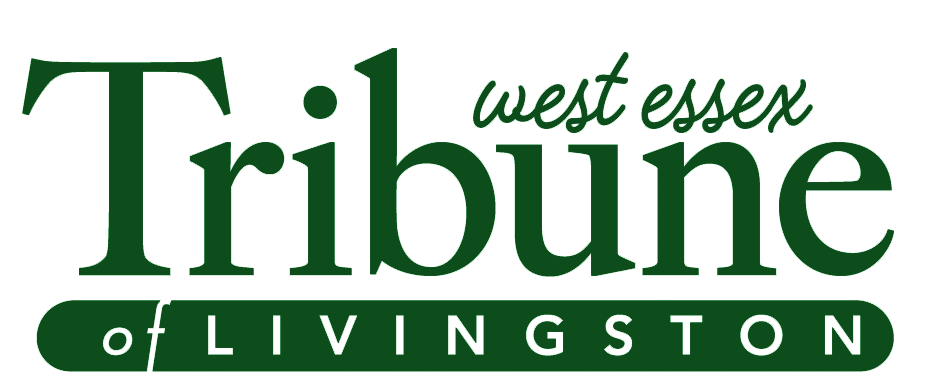At a recently added workshop meeting, Livingston Public Schools superintendent Matthew Block and business administrator Michael Davison presented a preview of budget goals to the Board of Education (BOE) on Monday, February 13. Among these goals includes an effort to maintain small classroom sizes, which Block and Davison offered a short-term solution: building modular structures.
The budget goals align with the recently adopted strategic plan for 2022-2027. Its process began late October and finances have been discussed at BOE meetings since. Last week, the Board received a presentation by their auditors and received a clean, unmodified opinion from the American Institute of Certified Public Accountants.
Auditors also informed the Board that there were three factors affecting the district’s budget: health benefit increases, staffing costs and an increase of student enrollment. Block and Davison explained, however, that the Board is allowed a two percent increase in the tax levy, and two waivers allow the district to exceed that percentage. The Board has both the health benefit and enrollment adjustment waivers available to it.
Block and Davison covered the immediate and long-term needs of the district, focusing on a goal to maintain small class sizes despite the increase of student enrollment. In a short-term effort, the two proposed a plan to construct modular structures outside two of the elementary schools. Block explained that a referendum or new school construction can take several years, though the district “doesn’t have several years to be ready as the influx of students continues.”
“As the enrollment continues to rise and classrooms need to be freed up for certain programs, space continues to get pressed,” Block said. “And as space gets pressed, we become less able to add new sections of different classes, which could potentially - if we don’t act - drive up those class sizes.”
Modular structures are lightweight, multifunctional units that are prepared in factory settings before being built by an architect on a determined location. Unlike a referendum or tax levy, this facility project is proposed to be directly funded by the district’s capital reserve account, which is funds set aside for capital investments.
Though Block and Davison stress this as a time sensitive matter, required approvals from the state can take several months and permits from the town are necessary to move forward. The proj ected building start date is September 1 or early fall, and supply is finite.
“We have been told by our architect that there’s a line that is forming to get these approvals to get themodular structures,” Block said. “And there are districts all over the state that are working on getting them and there are only so many out there.”
Plumbing and electric workis also anticipated to be covered by capital funds, though staffing remains an issue. Davison and Block explained that this aspect will be further considered in their upcoming first draft proposal to the Board.
“From a financial standpoint, I think that there’s very little concern on the actual budget impact,” Davison said. “By having these additional spaces to have classrooms available... we’ll have to put some contingency in the budget should we have those classrooms and the ability to hire teachers to fill those.”
A more long-term plan will eventually involve increasing instructional capacity at the high school to ensure “efficient and effective” scheduling. Jeffrey Xu, Livingston High School’s student body representative, urged the Board to offer full transparency when a potential school redesign unfolds.
Upon unanimous support from the Board, further details of the project and its long-term steps will be outlined during the February 28 meeting.
Executive Session
In a closed executive session prior to the start of the public meeting, the Board discussed contract matters and personnel.


